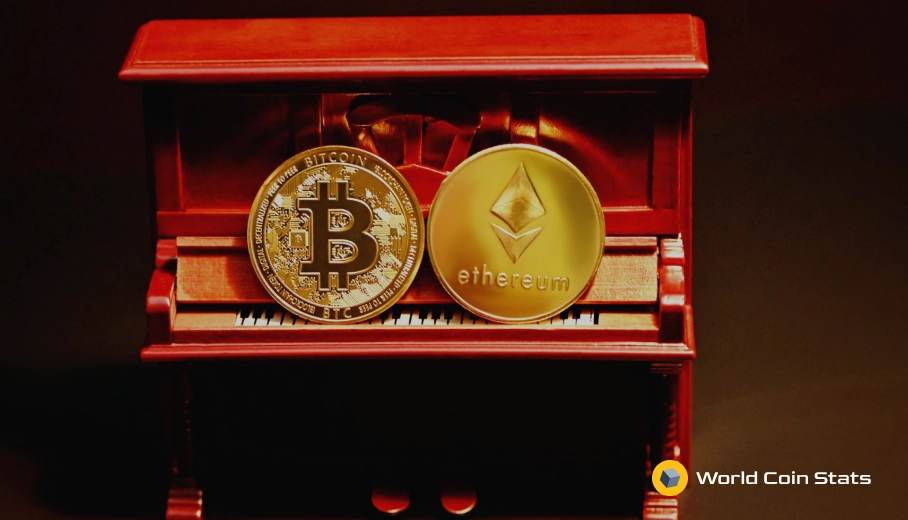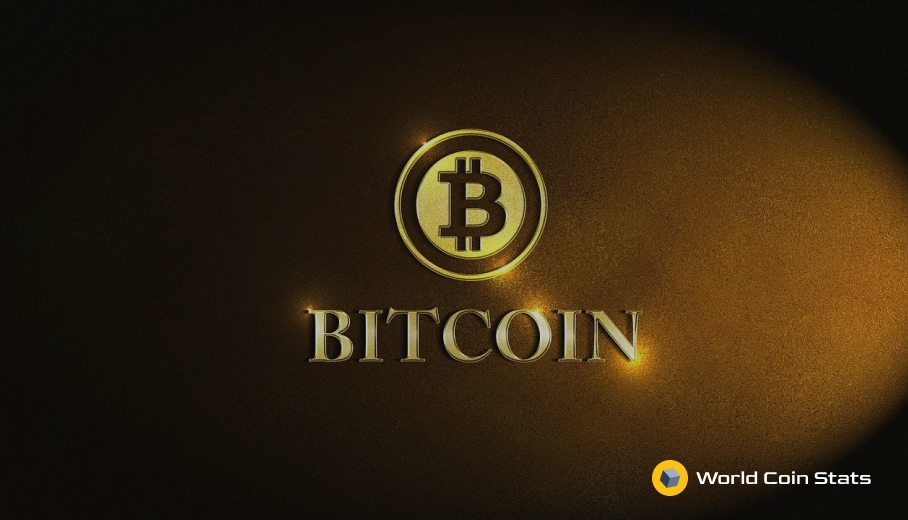The Growth Of BTC On Ethereum
Bitcoin and Ethereum are generally thought of as two cryptocurrencies that do not mesh well together. It was thought of as difficult to transfer Bitcoin’s wealth and power to the Ethereum blockchain.
However, that has changed thanks to something called tokenized Bitcoin. This is essentially a stablecoin that is 1:1 backed by Bitcoin rather than a fiat currency.
Tokenized Bitcoin has taken decentralized exchanges (DEX) and the decentralized finance (DeFi) industry that both reside on the Ethereum blockchain by storm in 2020.
This article will examine some of the different wrapped Bitcoin options and why wrapped Bitcoin is so important to Ethereum.
The Benefits of Tokenized Bitcoin for Ethereum
Tokenized bitcoin on Ethereum has a few very important uses that explain the massive growth it has seen over the past year. This section will cover some of the uses for tokenized bitcoin on Ethereum.
More Liquidity
A major benefit of using tokenized bitcoin on Ethereum is that it provides more liquidity to the DEX than other cryptocurrencies.
The reason is simple: Bitcoin has far more value and is much more popular than other cryptocurrencies, so it’s more likely to draw the interest of investors that subsequently increase the liquidity.
For instance, Wrapped Bitcoin (WBTC) is ranked as the most traded cryptocurrency pair on most decentralized exchange liquidity pools.
Increased Name Recognition
Another huge benefit of tokenized bitcoin is that it brings name recognition to DeFi and DEXes that offer it.
Again, the reason is simple. Bitcoin is the most popular cryptocurrency in terms of market cap and name recognition by a large margin.
Many inexperienced users will be scared off that a DEX does not offer Bitcoin, which is a fair assessment for someone that does not understand that Bitcoin is incompatible with the Ethereum blockchain.
However, that same person will see WBTC, or another tokenized bitcoin, as a suitable replacement for bitcoin once they understand the concept.
More Assets Are Always Better for DEXes
The final benefit of tokenized bitcoin is simple:
The more assets than an exchange can offer customers; the better it is for the exchange. The reasoning on this is also simple.
Users use an exchange to purchase assets, but if the exchange does not have the assets the users wants, then the users will not use the exchange.
Tokenized bitcoin creates a method for users to buy an asset not normally available on DEXes.
The Types of Tokenized Bitcoin
We have covered the benefits of tokenized bitcoin, but we did not cover the different types of tokenized bitcoin.
There are a lot of options for tokenized bitcoin. There are only two tokenized bitcoin tokens worth talking about, though. This section will cover those options popularly referred to as “The Big 3 of Tokenized Bitcoin.”
Wrapped Bitcoin (WBTC)
Wrapped Bitcoin (WBTC) by BitGo is the most popular tokenized bitcoin option by a wide margin – it has a total market cap of $2.2 billion USD.
The reason for the popularity of WBTC is pretty clear. For one, it is fully audited with the vault of bitcoin that BitGo backs WBTC with being viewable by the public.
This one feature alone makes it better than almost every stablecoin. Stablecoins have a tendency to be very private about their fiat reserve and generally do not get audited (ie. Tether).
How does WBTC work?
WBTC is a very easy to understand cryptocurrency. If you want to purchase WBTC, then you send bitcoin to BitGo’s vault. The BitGo smart contract will then send WBTC to your Ethereum wallet – WBTC is an ERC-20 token, so it’s compatible with a standard Ethereum wallet.
That’s all that is required to purchase WBTC.
Swapping WBTC out for bitcoin is a little more complicated, but it’s still possible. Remember, it operates very similarly to a stablecoin, which means you can simply sell WBTC for BTC or you can unwrap it yourself in a wallet.
Ren (RENBTC)
Ren’s RENBTC is another tokenized bitcoin option. It works very similarly to WBTC with one main difference:
RENBTC relies on a decentralized node system managed by RenVM. We like the decentralization of RENBTC compared to the more centralized nature of WBTC.
The interesting feature with RenVM is that it offers multiple different cryptocurrencies that include Bitcoin Cash and ZCash to the Ethereum blockchain.
The Problem with RENBTC
RENBTC has one very simple problem – it’s not very popular on DeFi. WBTC is the clear winner when it comes to liquidity pools on DeFi.
Due to that, WBTC is probably a better choice if you want to use bitcoin on DeFi.
Safety Concerns with Tokenized Bitcoin

The technical details of the safety concerns about tokenized bitcoin are beyond the scope of this article. The basics of the safety concerns with tokenized bitcoin is this:
The locked vault that secures the bitcoin becomes unlocked and the bitcoin is transferred out.
If that were to happen, then the tokenized bitcoins would become worthless – they would have no backing!
Now, these vaults are either connected by a centralized custodial bridge or a smart contract managed bridge (decentralized).
A centralized custodial bridge is the less preferable option as this method relies on the central organization not simply running off with the bitcoin in the vault.
WBTC uses a centralized custodial bridge.
A smart contract managed bridge is the decentralized option and generally regarded as safer. However, the implementation of this strategy must be done properly and the code should be publicly available.
renBTC is one tokenized bitcoin option that has come under scrutiny because many in the cryptocurrency believe that it is actually a custodial vault masquerading as a trustless vault.
The evidence is pretty straightforward – the address of the vault has not changed since the launch of renBTC.
Fortunately, it does not appear that renBTC is a scam because it has such a large amount of bitcoin in the vault. Scammers tend to run off with the bitcoin before accumulating over $300 million USD in bitcoin.
Overall, the safety concerns with tokenized bitcoin are valid safety concerns. And there will likely be scams involving tokenized bitcoin companies.
Fortunately, it appears that the two most popular tokenized bitcoin projects are safe.
The Future of Tokenized Bitcoin
Tokenized bitcoin surged in 2020. It went from practically unknown with very little market cap to a few billion dollars in market within a few months.
This growth was driven by the popularity of DeFi and staking.
With that in mind, we fully expect tokenized bitcoin to continue to increase in popularity as long as DeFi continues to grow in popularity. And it does not appear that DeFi will slow down any time soon.
In fact, DeFi will likely grow even faster because Uniswap v3 should greatly reduce the fees on Uniswap.
Final Thoughts
That covers it for the growth of BTC on Ethereum. It’s something that many did not think was possible, but backing ERC-20 tokens with bitcoin in a 1:1 ratio worked well enough.
This opened up the most popular cryptocurrency to the world of DeFi, which supercharged the growth of DeFi and spurred another Bitcoin price surge.
There really is no sign of DeFi’s popularity waning. Tokenized bitcoin also appears to be growing in popularity alongside DeFi.




